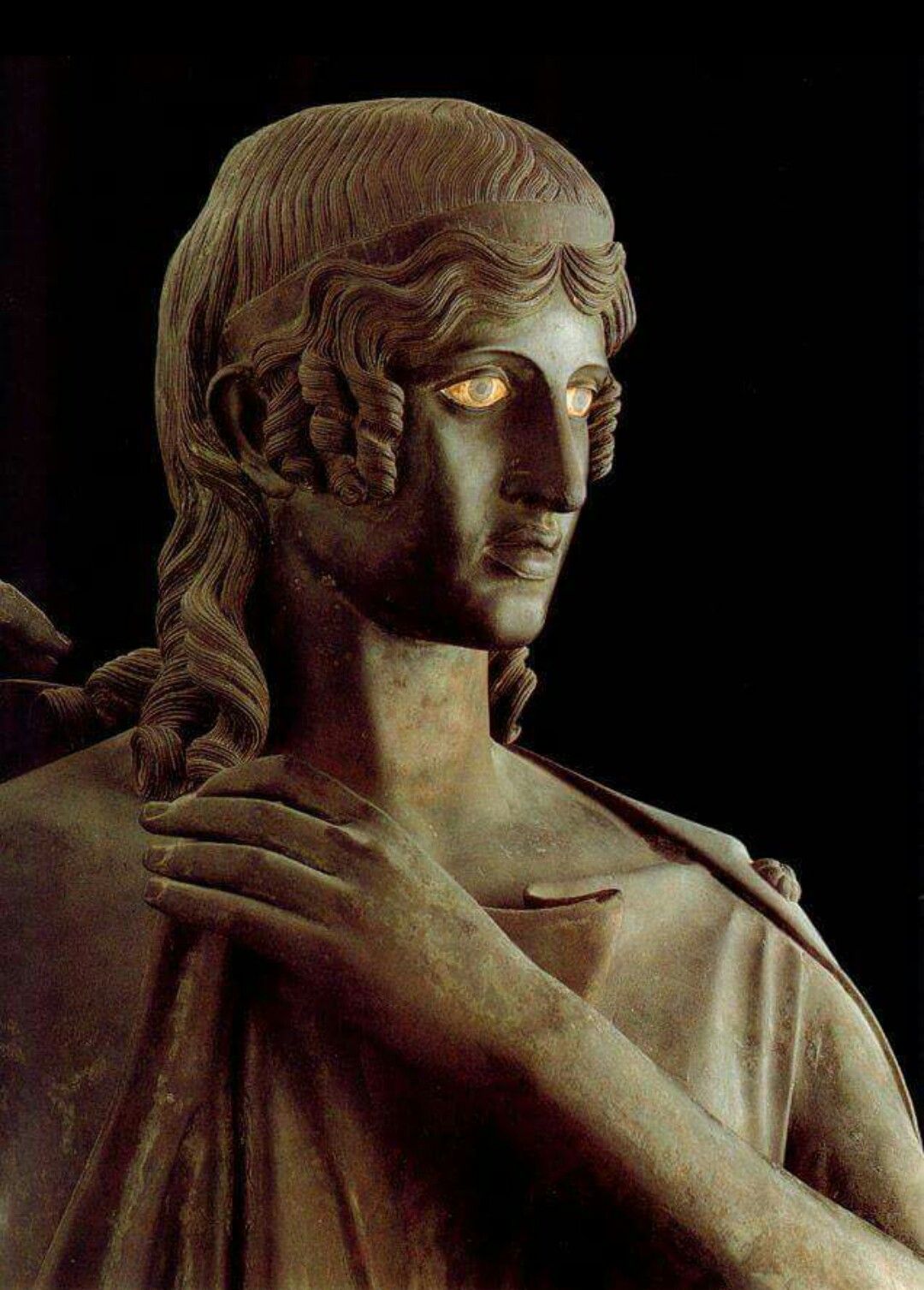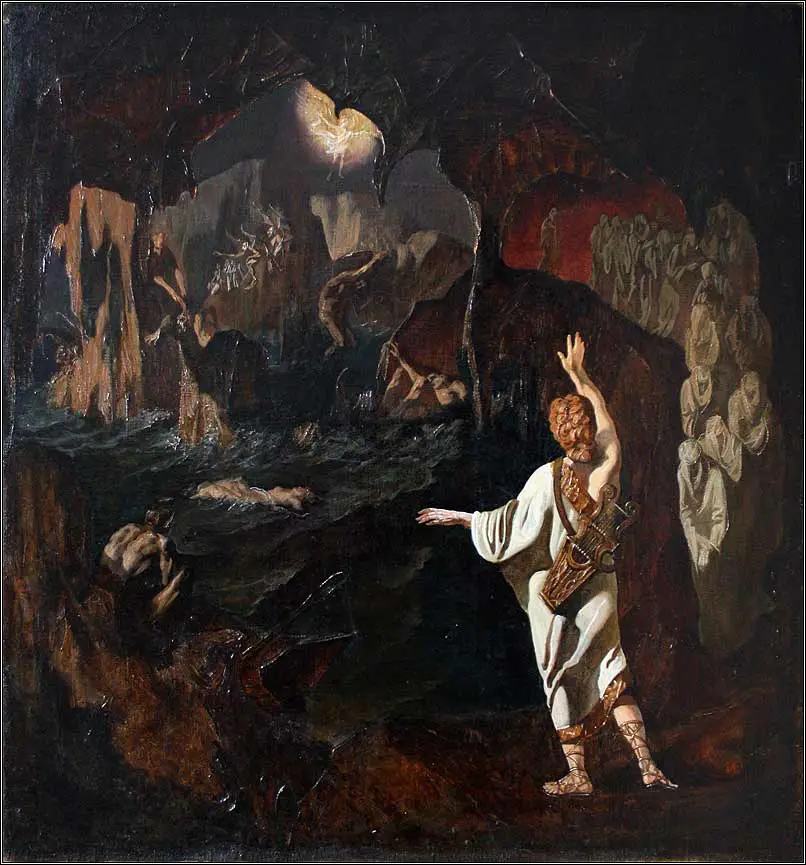Tag: Iatromancers
Parmenides, priest of Apollo: the "incubatio" and sacred healing
In an extract previously published on the site [cf. Ioan P. Culianu: the hyperborean shamanism of ancient Greece] we illustrated the retrospective of the Romanian religious historian Culianu on the existence of a Hyperborean shamanism in the ancient Mediterranean area: a "technique of ecstasy" attributable to the divine figure of Apollo Hyperborean of which the major interpreters, called "iatromanti", were the ancient scholars and philosophers. We focus here on one of these "enlightened": Parmenides of Elea (IV - V century BC), born in Elea / Velia (today Ascea, in the province of Salerno), where he founded the Eleatic School together with Zeno.
The archaeological findings of Velia allow us to reconstruct the "Apollonian Way" of Parmenides, pre-Socratic philosopher, Apollo's iatromancer and healer
Ioan P. Culianu: the Hyperborean shamanism of ancient Greece
cover: Ilyas Phaizulline, "Orpheus at the Empire of the Dead"
Introduction
curated by Marco Maculotti
When it comes to "shamanism" [I], we usually tend to think of the Siberian one [II], from which the term itself derives, or to the Himalayan one, which often synchronizes with the Buddhist and / or Hindu tradition, or to that of the native populations of North America, Mexico and the Andes, as well as that of the Australian aborigines. More rarely, the importance of shamanic practices for the Indo-European peoples is emphasized, although the classical sources are not poor in this regard.



